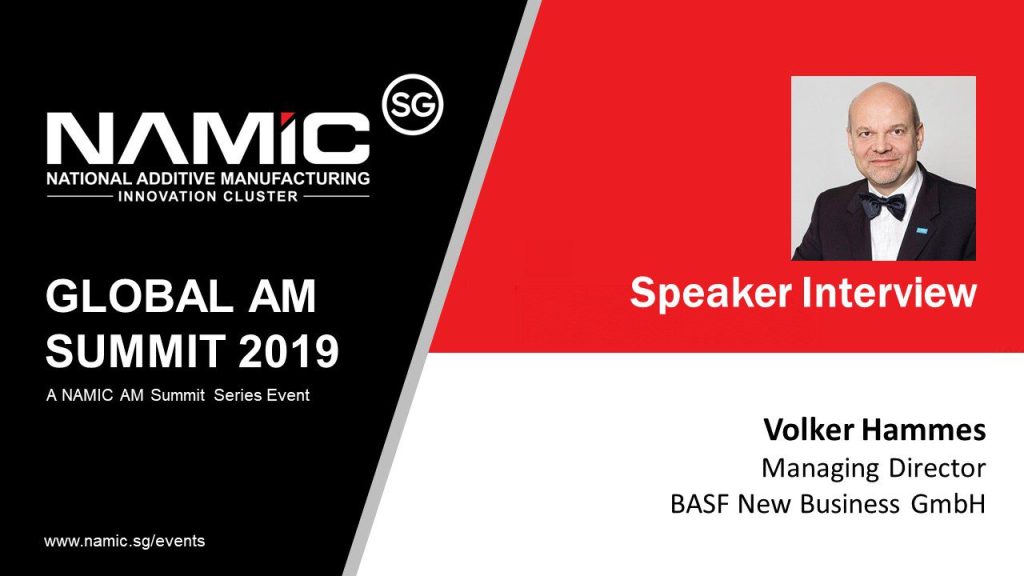- What does the Future of Manufacturing mean to you and your company?
The future of manufacturing is digital. Our company is on a transformation journey to improve operations and customer experience by making best use of opportunities from smart application of digitalization. 3D Printing (Additive Manufacturing) is one key technology for digital manufacturing. We invest heavily in developing end-to-end (E2E) 3D printing solutions enabling our customers to expand their solution space for innovation.
- Sustainability is the latest buzz word. How is your organization embracing it?
Since 2011, sustainability is much more than a buzzword for BASF, today it is deeply entrenched in our company’s DNA. We want to be a thought and action leader in the area of sustainability. Thus, we have made sustainability a core driver of innovation, which is reflected in our corporate purpose, i.e. the reason why we exist: “We create chemistry for a sustainable future”. In our material development projects we are using Sustainable Solutions Steering, a method developed in-house, by which we assess and optimize the sustainability contribution of each of our products in its specific application.
- Industry 4.0 – where is this Revolution leading towards?
Pioneering Industry 4.0 in the world of chemicals enhances our technology leadership. BASF’s corporate strategy aims at gaining speed, impact and reach in its digitalization efforts to stay ahead of its peers in the chemical industry by creating new exciting customer experiences and business growth as well as driving efficiencies in processes.
- What are the key factors to consider in adopting technologies to achieve a Digital Manufacturing Environment?
Many factors need to be considered in a holistic way. We need to think in E2E solutions at B2B economics. We need to design for AM and thus integrate functionalities and number of parts into one. We need to redesign supply chains and produce close to the point of use. In essence: We need to think “digital”. We need to think “manufacturing”. We need to think “environment”.
- Please share your take on the process and trends of AM Material and importance materials development for AM adoption.
To a surprisingly large degree the world of polymer materials has not yet been made available to enable industrial additive manufacturing of demanding applications. With our material science know-how and deep understanding of our customers’ applications, we feel ideally positioned to close many gaps in the performance and economic viability of industrial ready-to-print 3D Printing formulations. In simple words: AM materials need to be more, better, and cheaper. And this is exactly what BASF is and will be doing.
- What can be done to further expand the potential of 3D Printing?
Besides advancements in materials, 3D Printing equipment needs to become much faster, more reliable, and affordable. Industrial AM processes need to become fully automated and integrated into digital workflows of (future) factory floors. As an industry, we need to develop an educated workforce that is increasingly able to turn all the opportunities AM has to offer into product innovations. This would truly deliver new levels in functional performance and appealing designs which make a contribution to a more sustainable cradle-to-grave footprint.

